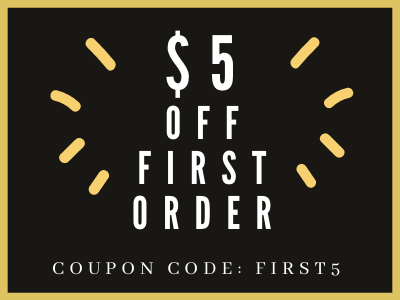Welcome, Traveler to World of Dungeons and Dragons
The faded old sign swings on a rusted chain. It appears to say tavern, but your Dwarven is a bit rusty. You push the worn door open and the smell of strong stout hits you. A cheer erupts from the bar and you watch as a young Dwarven bard finishes up her dance with a backflip on stage. You make your way to the bar, pull out a wanted poster, and lay it on the bar. The bartender puts a tankard on the bar and points to a table in the corner. A half-elf, human, and half-orc look to be in deep conversation, ignoring the commotion around them. You approach, the half-elf notices first. He smiles warmly, extends his hand, and welcomes you to the party.
Welcome to session one, the first leg of your journey. But before we can get you here we have to go back a step to session zero. Session zero is where the magic starts. If you are sitting in session zero, it means that you’ve decided to give the board game Dungeons and Dragons a try. Tabletop games like D&D are full of puzzles, challenging battles, and city-building challenges. Despite how involved that sounds, these are great tabletop games for kids as well as adults. The content of the game is up to the DM/GM (Dungeon Master/Game Master). Few board games top or even come close to the variety offered in D&D.
So, let’s talk about what you will need to get started. If you are the DM then it is typically your job to host, though some DMs choose to travel if it is easier for a party member. Most DMs will have D&D boards, battle mats, or hex grids for gameplay. They will also have an array of D&D miniatures. Most of these will be D&D painted miniatures that the DM has painted over their time as a DM. If you are new to the game and unsure you can typically use a painted miniature provided by the DM. After you get through your character building in session zero, you may feel compelled to find a couple of custom D&D miniatures to help you feel more in character.

If you choose to do this you will notice a couple of things. Dungeons and Dragons miniatures typically come in two ways. You either have painted miniatures, commonly more expensive, and unpainted miniatures that come in a wider variety of styles. If you are looking for cheap D&D miniatures then unpainted will be your best bet, though D&D paper miniatures are also an option, but not quite as popular. You might also come across bundle sets that allow you to buy D&D miniatures bulk style. This helps if you are playing multiple characters or if you and a buddy want to go in on a bundle and split it. Nolzur’s marvelous miniatures are always a great choice and come in a variety of fun styles such as this Warlock set or this set of Tabaxi rogues.
If you chose to buy your D&D miniatures unpainted then you’ll need a miniature paint set. Nolzur’s marvelous pigments offer an array of sets, including this D&D Adventurers paint set. Dungeons and Dragons painting might seem a bit intimidating but there are so many resources online to help you get started with your D&D miniature painting hobby.
Once you have your painted miniature, be sure to pick up a set of roleplaying dice. These sets contain 7 dice: D20, D12, 2D10s, D8, D6, and a D4. Each of these dice will have a specific use in-game, depending on the character you create. While you can play with just one set, having several is common. Dice come in a variety of materials and a wide price range. This set of dice is great for beginners, though most players will find specific dice for each unique character they play. A character who dabbles with plants and poisons may choose this set of green and purple dice to portray that character quirk. Outside of the normal 7 set, you can also buy D6 dice in bricks like this brick of green dice. These are useful at higher levels when your damage output increases. Dice bags, dice trays, and dice towers are also popular items for players to purchase.
Now that you have your miniature and your dice let’s answer some common questions new players have.
- D&D = Dungeons and Dragons
- TTRPG = Tabletop Roleplaying Game
- DM/GM = Dungeon Master or Game Master
- BBEG = Big Bad Evil Guy
- D20 or whatever = D refers to dice and the number next to it is the number of sides on the dice.
- PC = Player Character - The character that you made and can control. Each party member has a PC.
- NPC = Nonplayer Character - Every character the DM controls
- AC = Armor Class = How hard you are to hit. The higher this number, the harder you are to hit.
- DC = Difficulty Class. If the DC to climb the tree is a 15 and you roll a 14, you are not climbing that tree.
- PHB = Player Handbook






